

The Hero of Saratoga
General John Burgoyne had captured Fort Ticonderoga on July 6 and was advancing south. General George Washington requested that Congress send his most trusted field commander, Benedict Arnold to stop Burgoyne. Washington informed Congress that without Arnold “the most disagreeable consequences may be apprehended.”
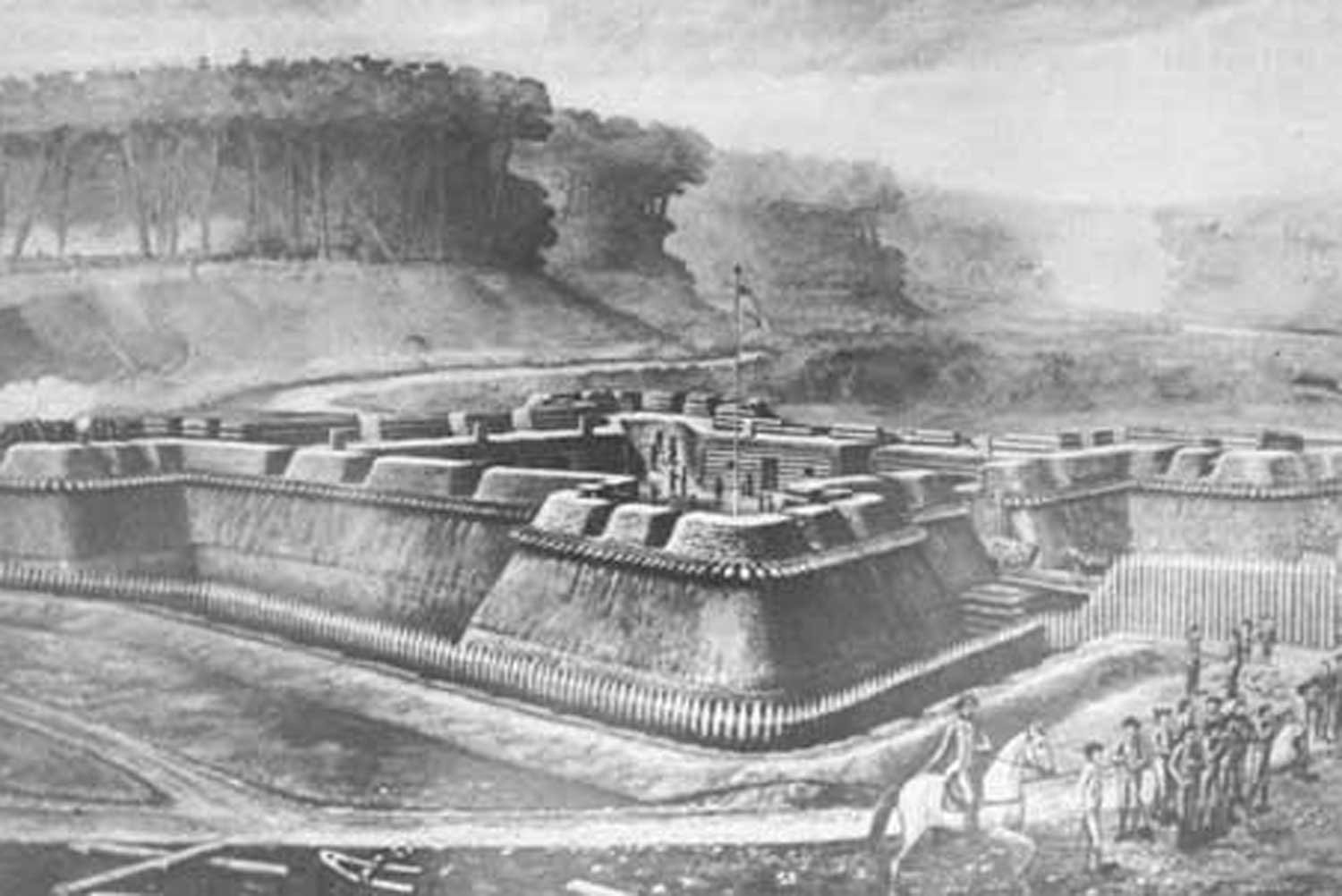
Arnold Leads Continentals to Relieve Fort Stanwix
The Tryon County militia sent to relieve the siege of Fort Stanwix had been badly mauled at the Battle of Oriskany on August 6, 1777. The combined Loyalist and Indian contingent under British Lieutenant Colonel Barry St. Leger, settled back into its work of reducing the fort or forcing the American garrison to surrender.

Death and Destruction at the Battle of Oriskany
The Battle of Oriskany on August 6, 1777, ended as suddenly and unexpectedly as it began. Shortly after 3 p.m., the Mohawks, Senecas, and Loyalists ceased fire on the Tryon County militiamen and headed back to their camp outside Fort Stanwix, about six miles away. The death and destruction left in their wake was frightening to behold.

The Battle of Oriskany
The morning of August 6, 1777 found 700 Tryon County New York militiamen encamped at an Oneida Indian village about seven miles from Fort Stanwix, itching for a fight. They planned to make a surprise attack on the British force besieging the fort, but things did not go as expected and most would not survive the day.
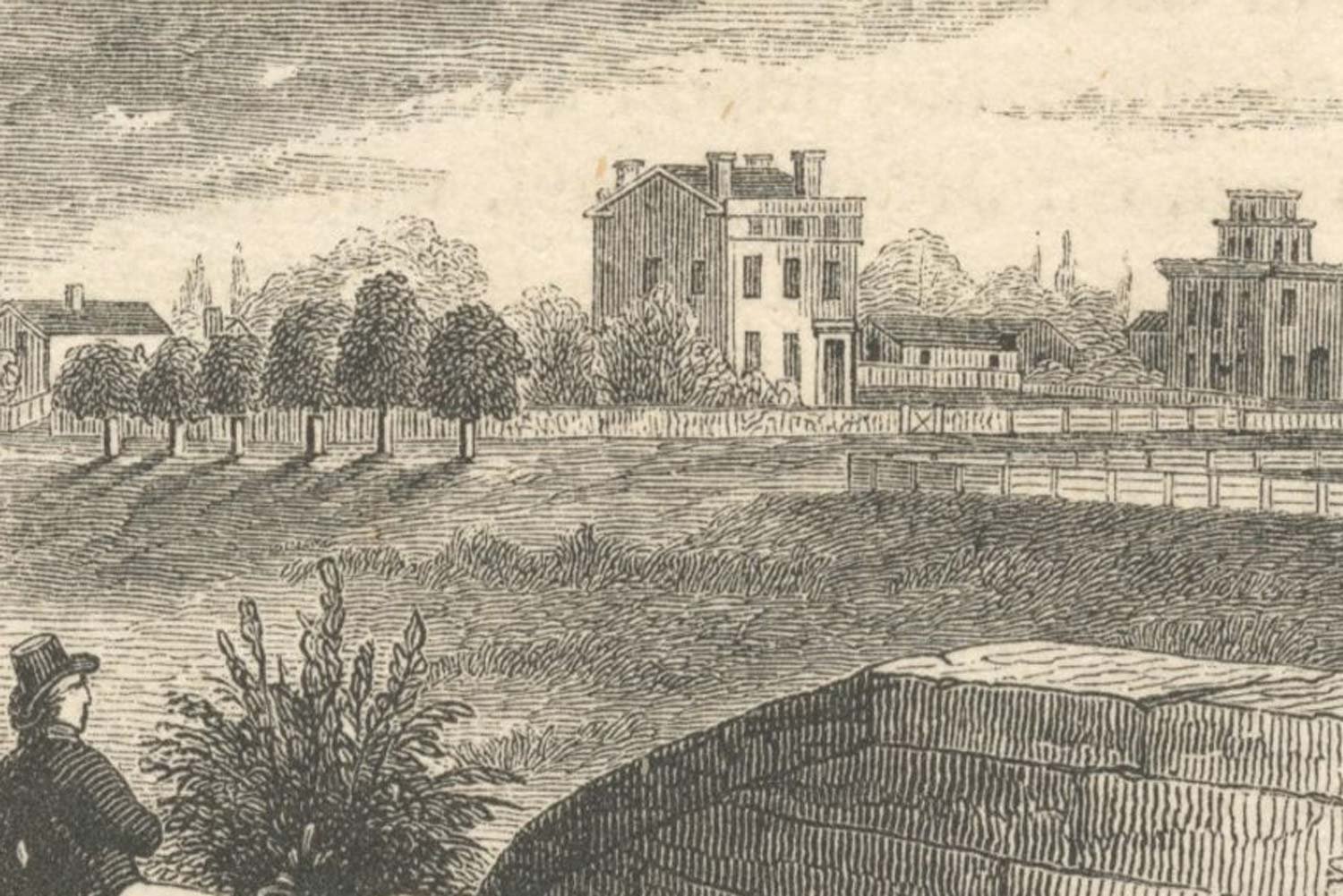
The Siege of Fort Stanwix
The American Revolution battle with the greatest loss of American lives was not one of the better-known engagements such as Bunker Hill, Brooklyn Heights, or Camden. It was a somewhat forgotten fight in western New York at a place called Oriskany. Although not well-remembered, it had a significant impact on our fight for independence.

Americans Victorious at Saratoga
Following the setback at Bemis Heights on October 7, 1777, in which the British had lost another 900 men, and despite the deplorable condition of the British Army, General John Burgoyne still had hope that he could somehow extricate his forces from the grip of the Continental Army. But the noose was tightening, and Burgoyne and his other commanders knew they had to act fast.
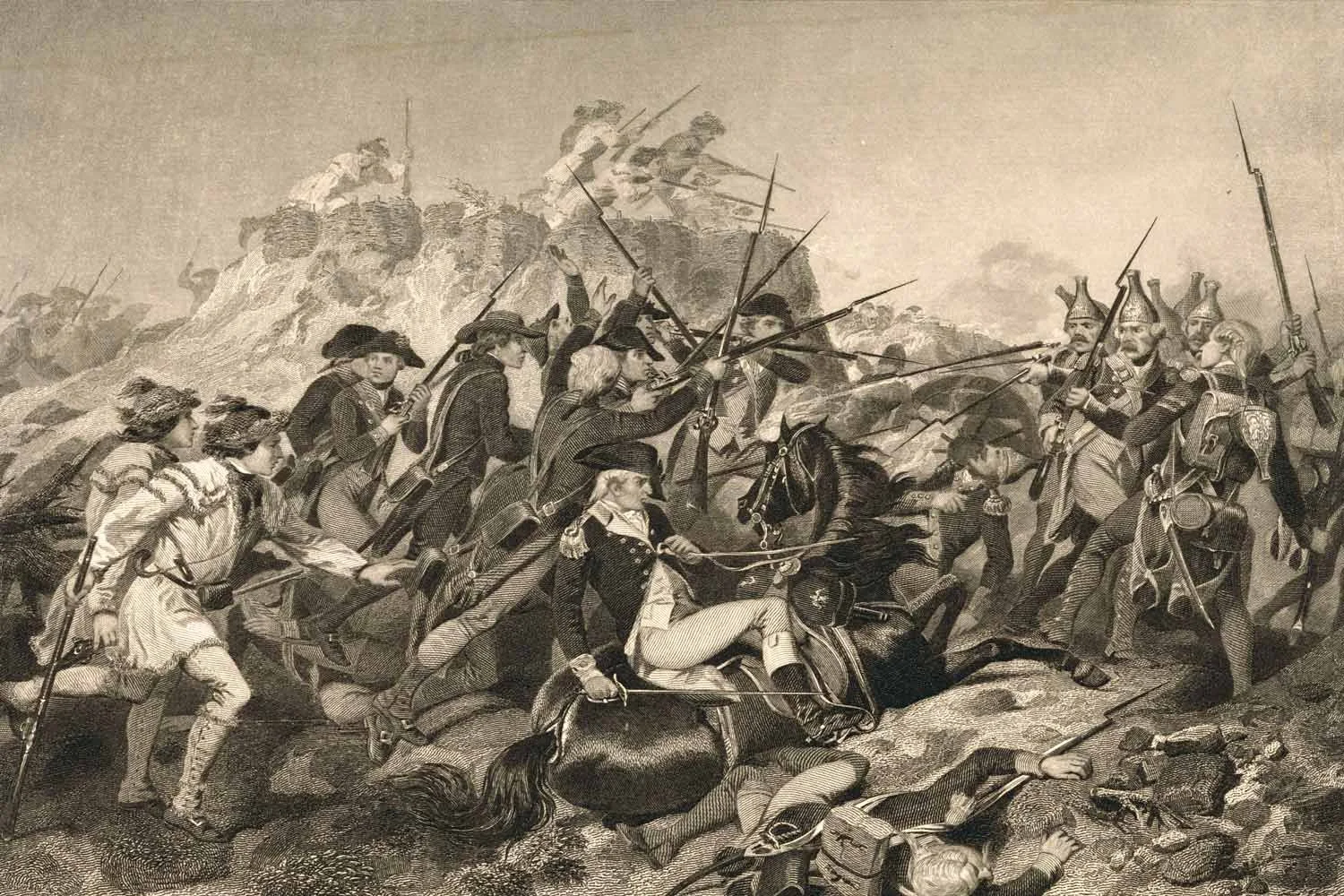
British and Americans Clash at Saratoga
By mid-September 1777, British General John Burgoyne, after crossing to the west bank of the Hudson River, was committed to continuing his advance towards Albany. There was only one road he could take to get there, and that road was strongly defended by an American army, twice as large as his own.
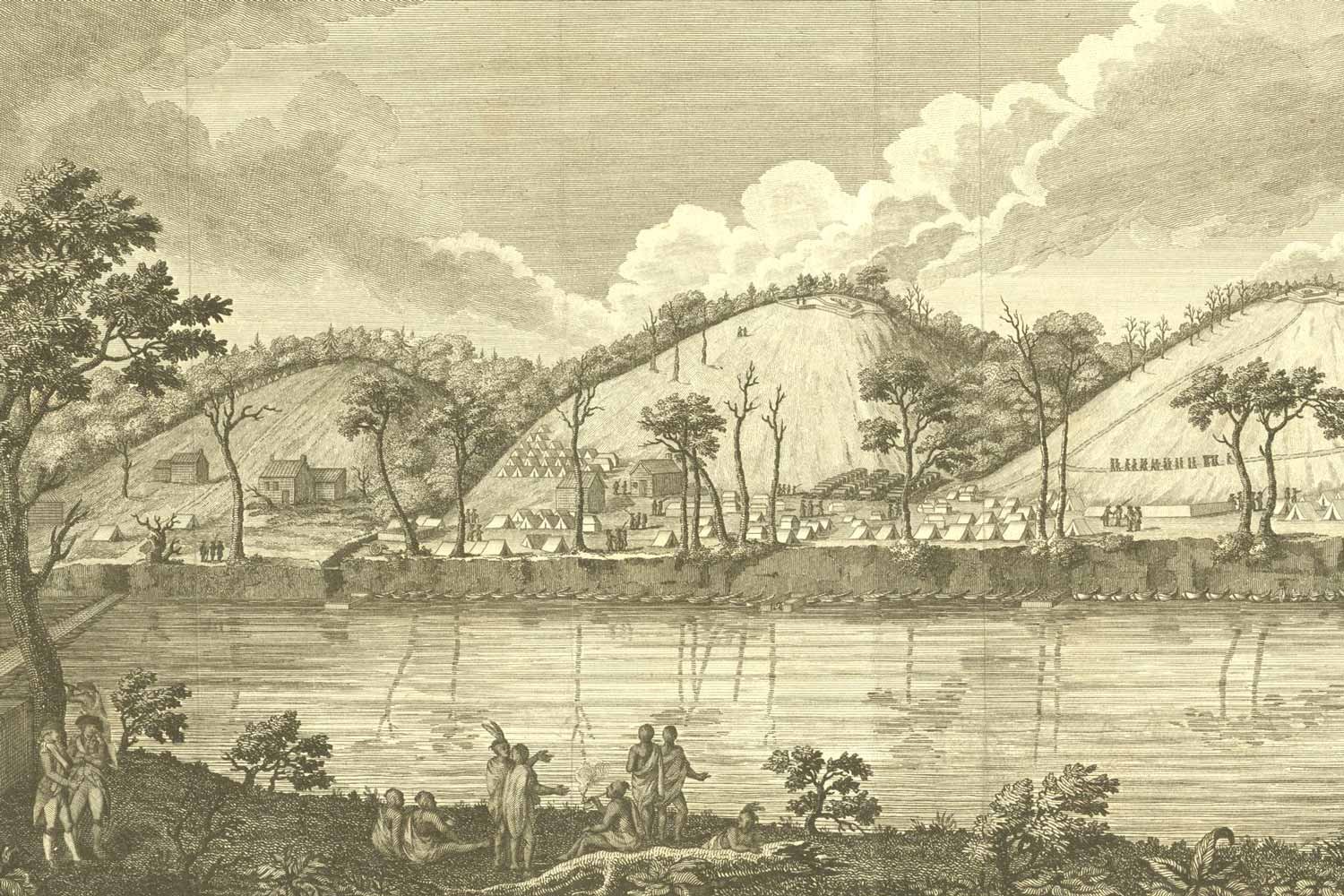
British and Americans Poised for Battle
In the eight short weeks since capturing Fort Ticonderoga without a fight, British General John Burgoyne had seen his army go from being invincible to facing starvation and defeat. More bad news arrived on August 28, when Indians brought word that a relief force under Lieutenant Colonel Barry St. Leger coming from the west down the Mohawk River Valley had turned back.
Fort Ticonderoga Falls to British
The first objective for the British task force under the command of General John Burgoyne was the capture of Fort Ticonderoga on the south end of Lake Champlain. This fortress had been the key military site in the region since its construction in 1757, and the scene of conflicts both in the French and Indian War and the American Revolution.
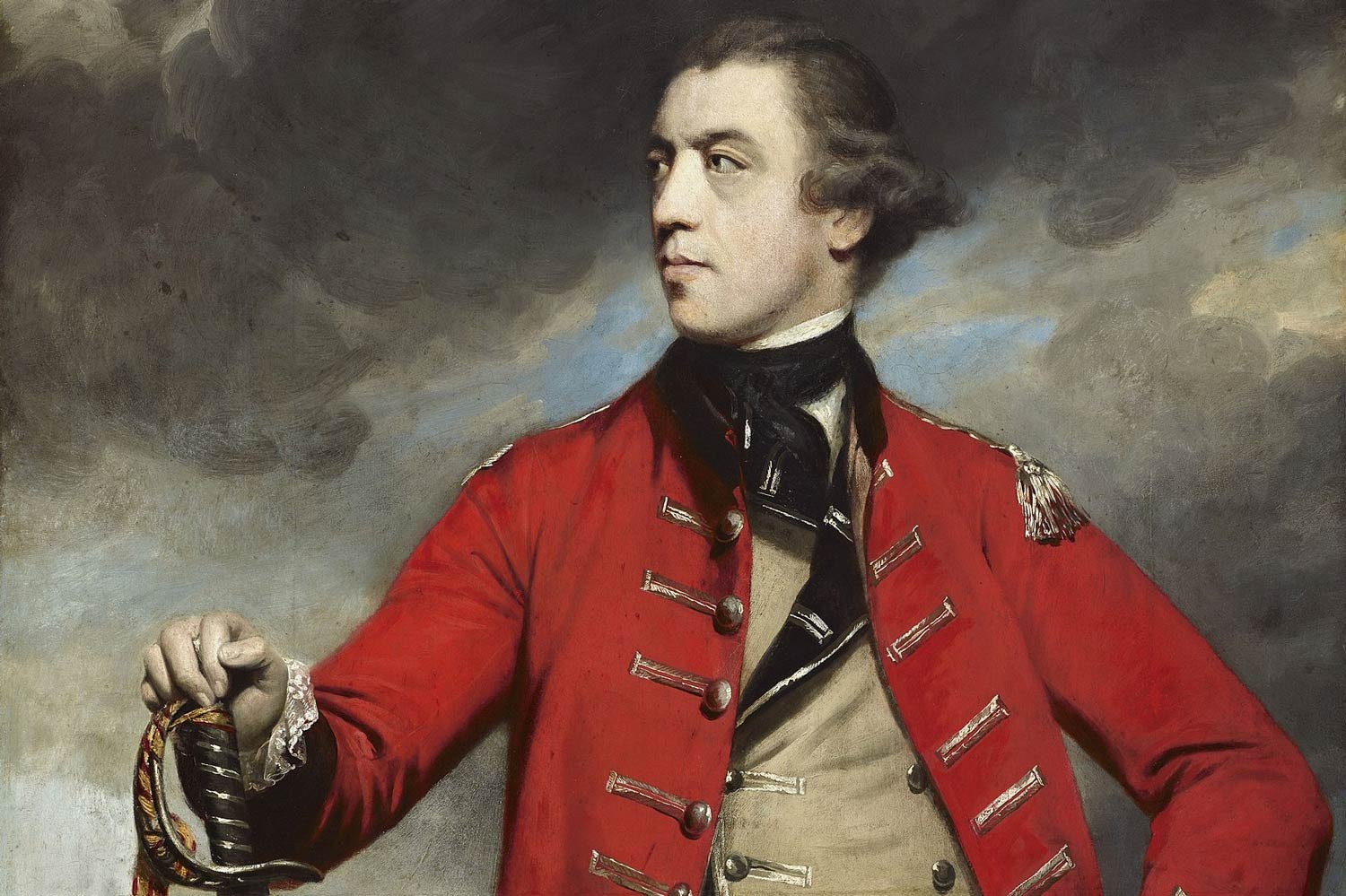
British Begin the Saratoga Campaign
The Saratoga Campaign of 1777 was arguably the most significant military event during the American Revolution. If the British had achieved their goals, the American colonies would have been split in two and it is very likely that our quest for independence would have failed.




